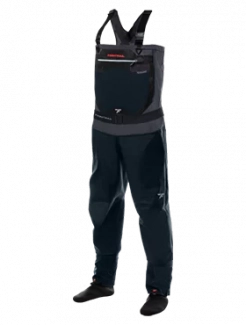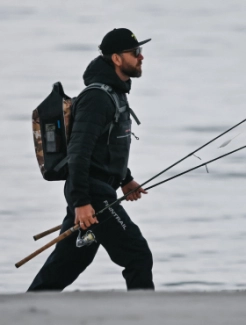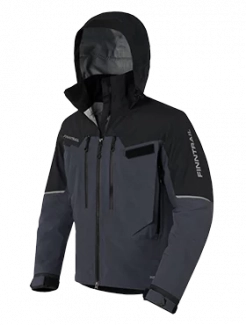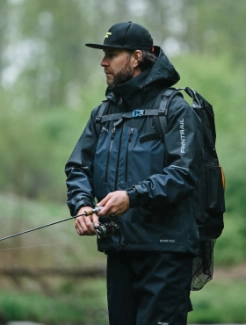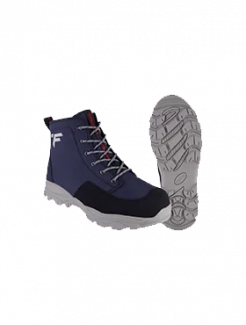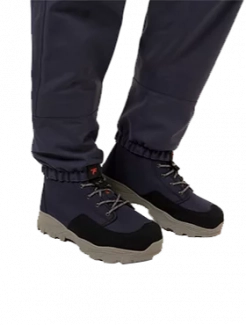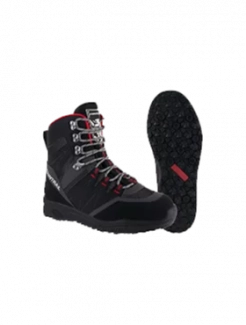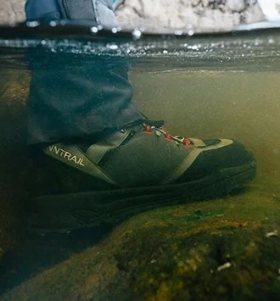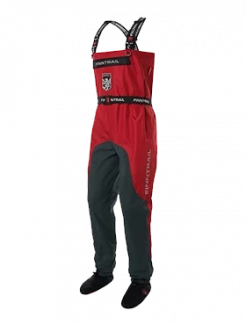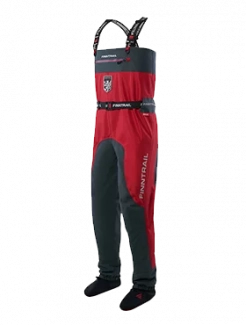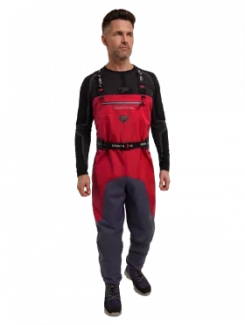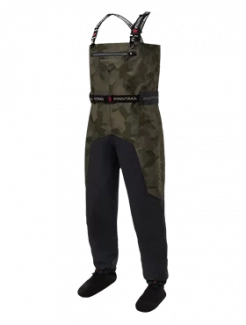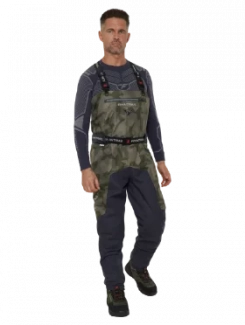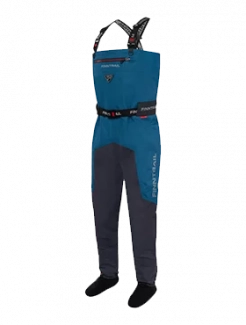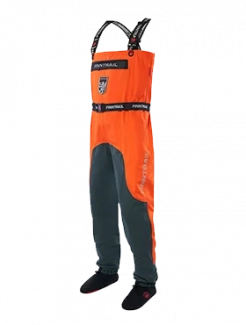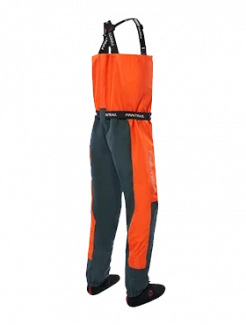From Sunset to Sunrise: Night Fishing for Walleye
When the sun goes down and the waters grow calm, many anglers pack up and head home. But for those in the know, the real action is just beginning. Night fishing for walleye can be one of the most productive and exciting ways to target this elusive species. Walleye are notorious for their excellent low-light vision and nocturnal feeding habits, making fishing at night a prime opportunity to land trophy fish.
In this guide, we’ll cover everything you need to know about night time walleye fishing—from the best spots and gear, to effective tactics and lures. We’ll also dive into both open-water and ice scenarios, so whether you’re casting under summer stars or drilling holes in midwinter, you’ll be ready to catch more walleye after dark.
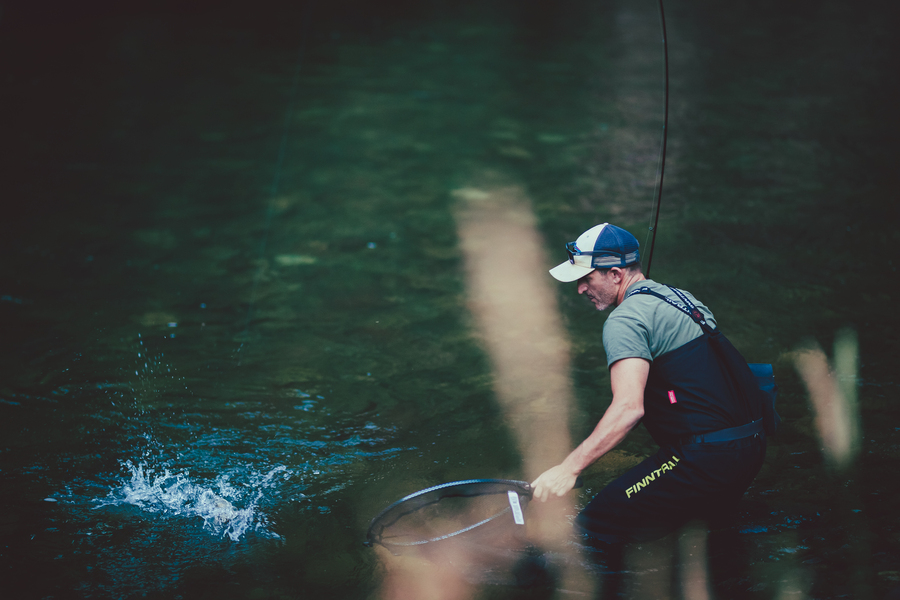
Why Walleye Bite Better at Night
Walleye have a special advantage: their eyes contain a reflective layer called the tapetum lucidum. This allows them to see clearly in very low light, giving them the edge over their prey when other fish are nearly blind. That’s why walleye night fishing often produces larger, more aggressive bites.
During daylight hours, walleyes often retreat to deeper, cooler water and can be difficult to locate. At night, however, they move shallow to hunt minnows, perch, and other forage fish. This behavior makes it easier for anglers to find them along shorelines, reefs, and drop-offs.
Best Times for Night Fishing Walleye
While you can technically target them anytime after dark, there are peak windows when activity is highest.
-
Dusk to midnight: the first few hours after sunset are prime. Walleyes push shallow as baitfish move in.
-
Pre-dawn hours: just before sunrise, there’s another burst of feeding activity.
-
Moon phases: many anglers swear by fishing under a new moon or when clouds keep conditions darker, as this gives walleyes an even greater advantage over prey.
-
Seasonal timing: summer night fishing can be especially productive in warm waters, while fall nights often bring in the biggest fish bulking up for winter.
How to Fish for Walleye at Night
If you’re trying to figure out how to fish for walleye at night, success comes down to a mix of stealth and smart strategy. Here are the essentials:
1. Choose the Right Location
-
Look for rocky points, sandbars, and shallow flats near deeper water.
-
Focus on areas with current, structure, or vegetation where baitfish gather.
-
On lakes, check reefs and humps that walleyes move onto after dark.
2. Slow Your Presentation
Walleyes often prefer a slower-moving bait at night. Use steady retrieves or gentle jigging motions rather than fast, erratic action.
3. Keep Noise Low
Since sound travels farther at night, avoid banging in the boat or heavy footsteps if you’re wading. Quiet approaches increase your success rate.
4. Use Lights Strategically
Some anglers rely on lights at night to attract baitfish, while others stick to complete darkness. Try experimenting with submersible green or white lights—especially if you’re fishing in murky water.
Best Lures for Night Fishing Walleye
Your choice of lure can make or break a night trip. Here are proven lures:
-
Crankbaits: shallow-diving models that wobble slowly work wonders. Use natural colors in clear water and brighter colors (firetiger, chartreuse, glow) in stained or dark water.
-
Jigs with plastics: a simple jig tipped with a paddle tail or grub remains a classic. Add a soft glow or UV paint for visibility.
-
Live bait rigs: minnows, leeches, and nightcrawlers under a slip bobber or on a Lindy rig still fool walleyes after dark.
-
Glow spoons: in deeper areas or from a boat, glow-in-the-dark spoons can trigger aggressive strikes.
Tip: Carry a small UV flashlight to quickly recharge glow lures.
Walleye Night Fishing Tips
To boost your odds of success, follow these tips:
-
Bring a headlamp with red light mode. Red light keeps your night vision intact and won’t spook fish as much as bright white beams.
-
Dress for conditions. Even in summer, nights can get chilly near water. Layer up to stay comfortable.
-
Stay safe. Always wear a PFD if fishing from a boat and carry reflective gear if wading.
-
Work shallow. Don’t be afraid to cast lures in just 2–6 feet of water. That’s often where hungry walleyes patrol at night.
-
Experiment. Some nights they’ll hit crankbaits, others jigs or live bait. Rotate presentations until you dial in what works.
Night Ice Fishing
For those braving frozen lakes, fishing is an exciting twist. In many regions, the bite improves drastically after dark.
Ice Fishing Night Walleye Tips:
-
Location: drill holes near drop-offs or underwater humps close to shallow feeding areas.
-
Lures: glow jigs, spoons, or live minnows under tip-ups are reliable.
-
Presentation: jig slowly and let the lure pause. Walleyes at night often inspect before striking.
-
Lights: some anglers use subtle glow sticks or lanterns inside ice shelters. Others keep it dark. Try both approaches.
When it comes to catching walleye at night, patience is key. These fish may bite in bursts, so stay alert and be ready when the action heats up.
Gear Checklist for Night Walleye Fishing
To ensure success and safety, bring along:
-
Rods and reels spooled with 6–10 lb fluorocarbon or braid with a fluorocarbon leader
-
Selection of lures (crankbaits, jigs, spoons, live bait rigs)
-
Headlamp with red mode, backup flashlight, and extra batteries
-
Glow lures and a UV light for recharging them
-
Warm clothing, PFD, and safety gear
-
Submersible fishing light (optional)
Final Thoughts
Whether you’re casting crankbaits on a warm July night or drilling holes for walleye beneath the ice, fishing after dark is both exciting and rewarding. Walleyes are built for low-light conditions, so once the sun sets, you’ll often see more action—and bigger fish. Learn how to fish for walleye at night, pick the right lures, and use time-tested tactics, and you’ll set yourself up for unforgettable catches. Grab a headlamp, slow your retrieve, and enjoy the quiet magic of the night—the walleyes will be waiting.

